The canine world is replete with breeds that boast not unique physical characteristics and temperaments but also rich, often lesser-known histories that add depth to their identities. Beyond the popular breeds that dominate our parks and living rooms, there exists a cadre of dogs whose fascinating backgrounds are steeped in culture, function, and the annals of time. These breeds have served alongside humans across various epochs and geographies, performing roles that have shaped their development and endeared them to those who know their stories. This article uncovers 8 lesser-known dog breeds with captivating histories, offering a glimpse into the diverse roles dogs have played in human society.
1. Kooikerhondje
The Kooikerhondje is a charming Dutch breed with a history that dates back to the 16th century. They were used for luring ducks into traps—a technique known as “kooiken”—a vital hunting method in the Netherlands. The breed nearly faced extinction after World War II but was revived through dedicated breeding efforts. Kooikerhondjes are known for their intelligence, cheerful disposition, and beautiful, waving tails, which played a crucial role in their duck-luring duties. Today, they are appreciated as lively family pets, embodying a rich cultural heritage and a testament to the breed’s resilience.
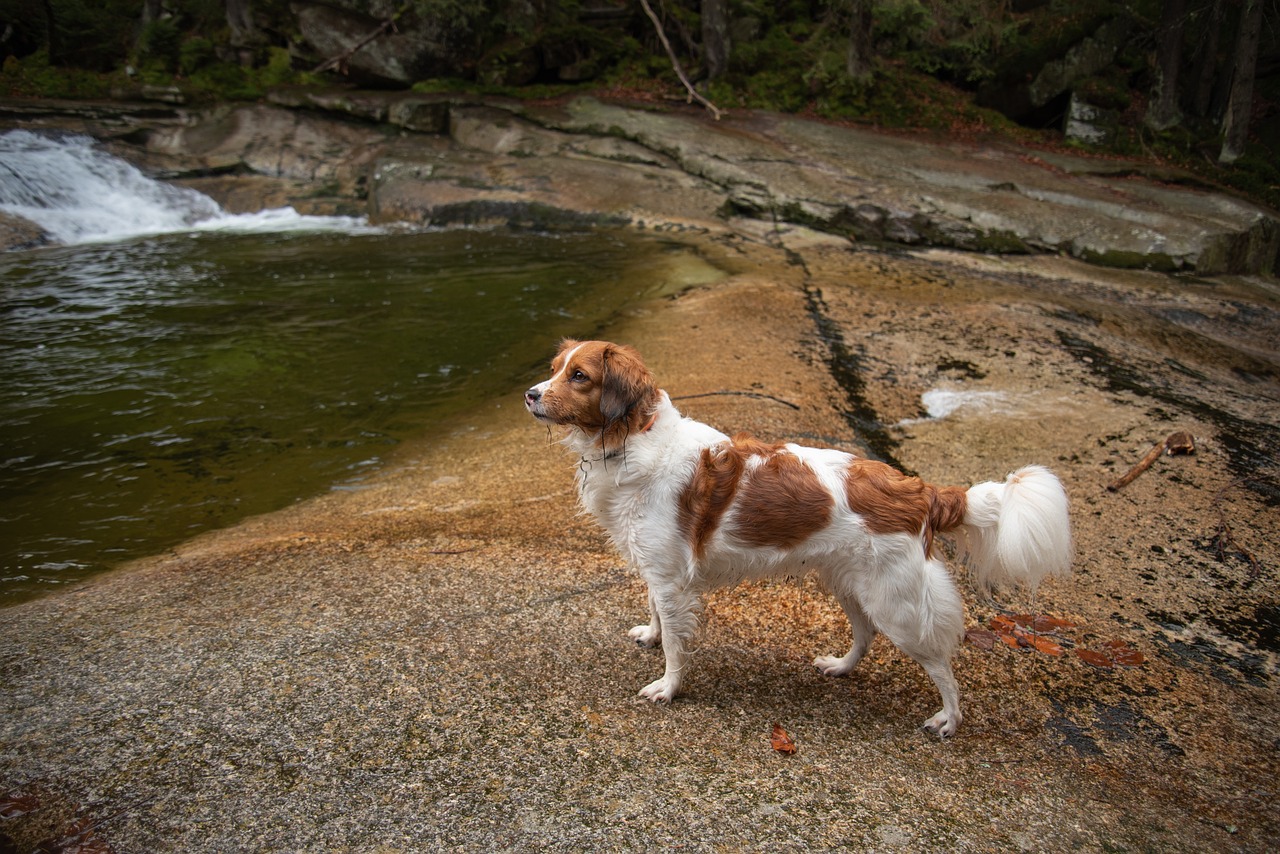
2. Catahoula Leopard Dog
The Catahoula Leopard Dog, the official state dog of Louisiana, has a history as colorful as its distinctive, mottled coat. Believed to have originated from dogs bred by Native Americans, its lineage was further shaped by French settlers, who introduced their breeds into the mix. The result was a versatile and resilient dog capable of herding wild pigs and cattle in the dense, alligator-infested swamps of its namesake region, the Catahoula Parish. The Catahoula Leopard Dog is celebrated for its intelligence, independence, and strong work ethic, attributes honed through generations of demanding tasks in challenging environments.
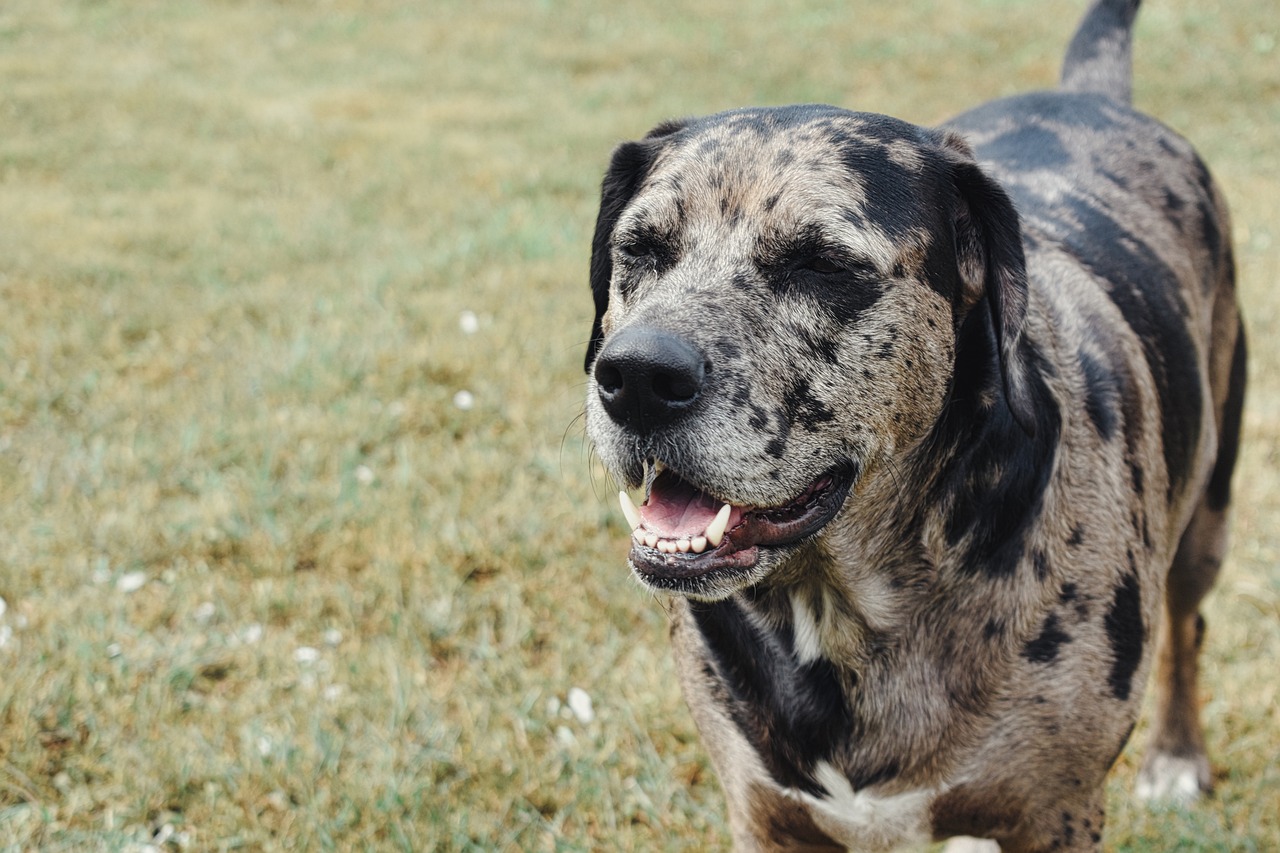
3. Swedish Vallhund
Swedish Vallhunds, with their history as Viking dogs, offer a glimpse into Scandinavia’s pastoral and seafaring past. These small, sturdy herders were not only valued for their livestock herding abilities but also their companionship during long voyages. Vallhunds are believed to have played a role in Viking communities, serving as both working dogs and guardians. Their keen intelligence, positive disposition, and versatility have been cherished for centuries, making them a living link to Viking history and a delightful addition to modern families.
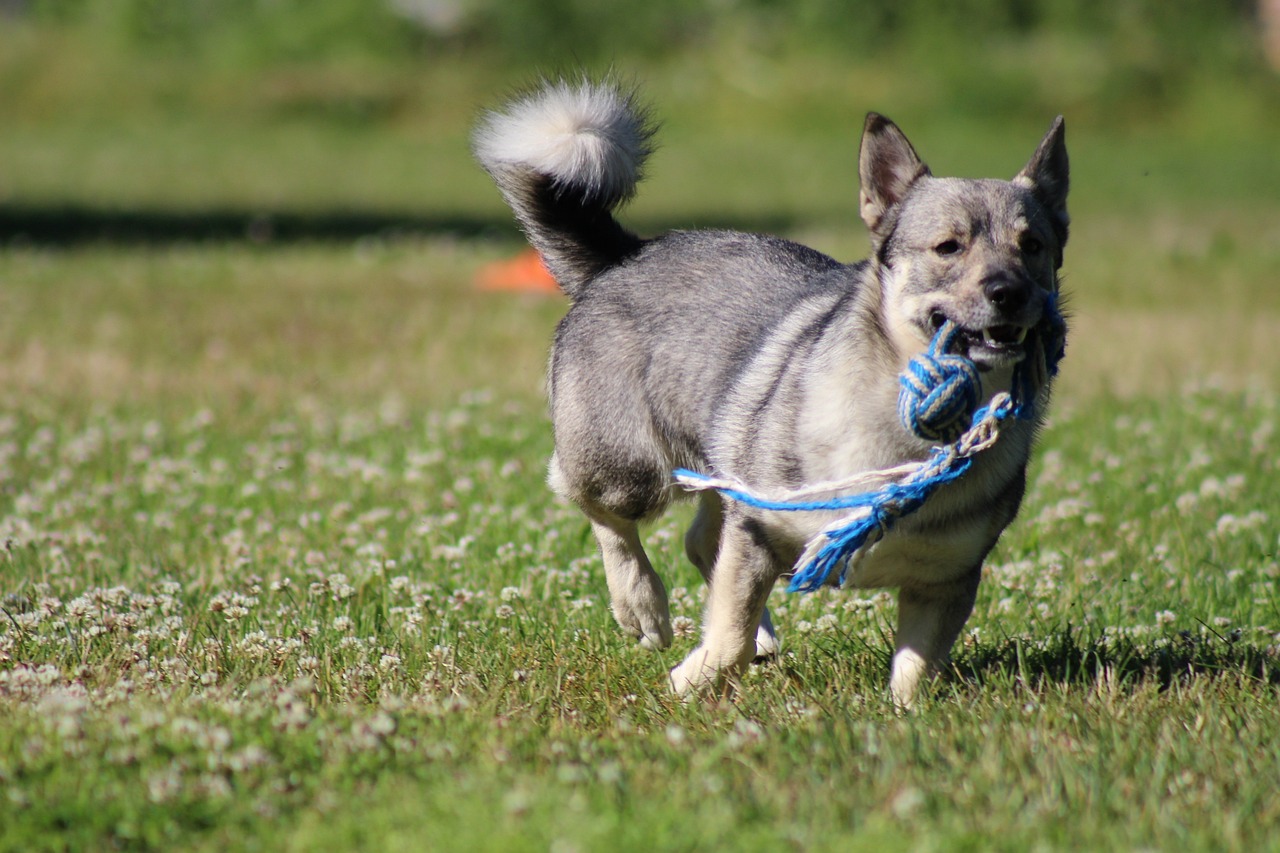
4. Xoloitzcuintli
The Xoloitzcuintli, or Xolo, is one of the most ancient and revered dog breeds in the Americas, with a history that stretches back over 3,000 years to the pre-Columbian era. Revered by the Aztecs, Toltecs, and Maya as sacred creatures thought to guide the deceased through the underworld, Xolos were often depicted in pottery, art, and mythology of these cultures. The breed’s hairless variety was particularly valued for its purported healing and protective properties. Today, the Xolo remains a symbol of Mexico’s cultural heritage, embodying the mystique and reverence afforded to it by ancient civilizations.
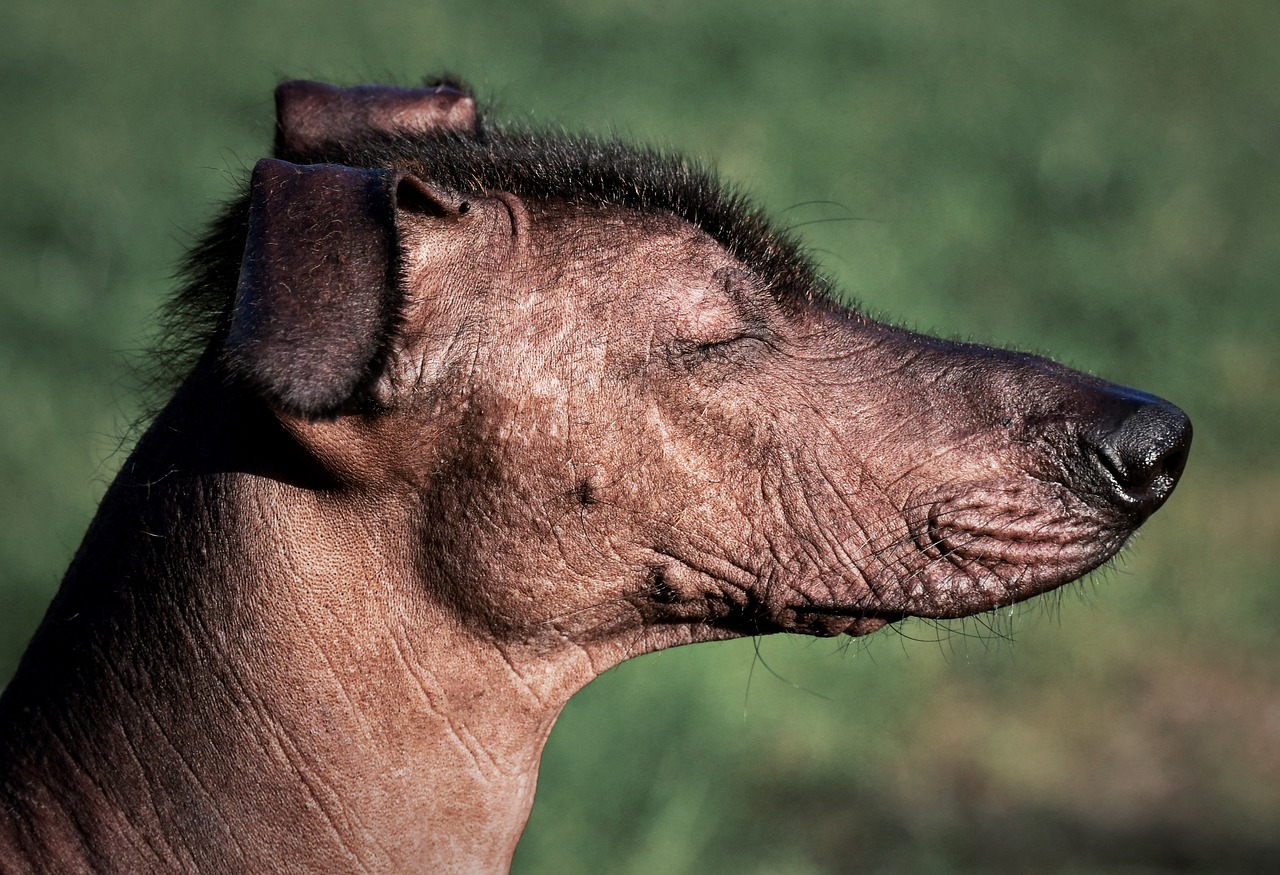
5. Saluki
Regarded as one of the oldest dog breeds, the Saluki has been a cherished companion of kings and nobles throughout the Middle East for thousands of years. Often referred to as the “royal dog of Egypt,” Salukis are depicted in ancient Egyptian tombs dating back to 2100 BCE. Bred for their speed, strength, and endurance to hunt gazelle and other quarry over vast desert sands, Salukis were also valued for their grace and beauty. The breed’s storied past, intertwined with the history of civilization itself, highlights its enduring significance across cultures and periods.
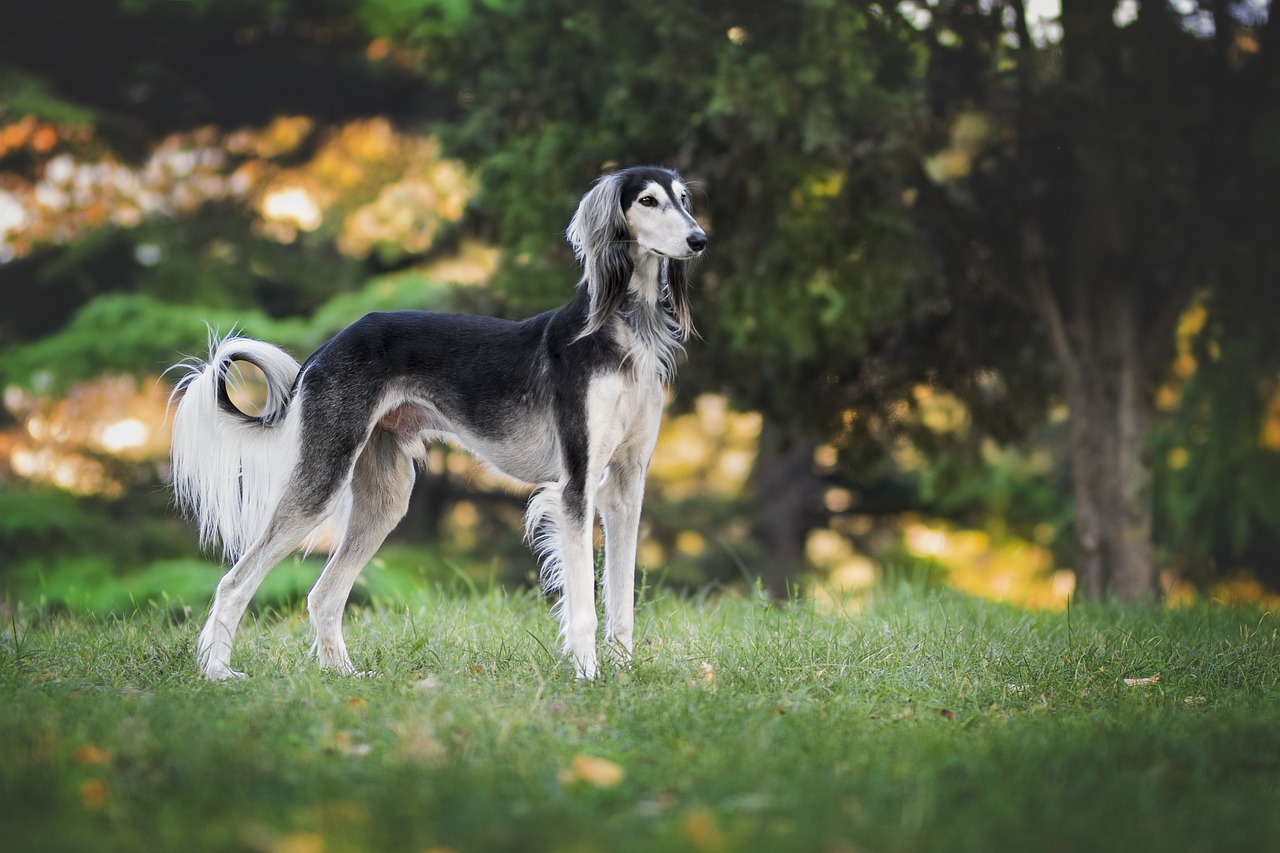
6. Tibetan Mastiff
The Tibetan Mastiff is an ancient breed that served as a guardian of monasteries, nomadic herds, and villages in the Himalayan region. Known for their impressive size and noble bearing, Tibetan Mastiffs were reputed to be strong enough to fend off leopards and other predators. Their thick, lion-like mane and imposing presence have made them a symbol of status and power throughout history. Despite their formidable appearance, Tibetan Mastiffs possess a calm and thoughtful demeanor, embodying the spirit of the rugged landscapes from which they hail.
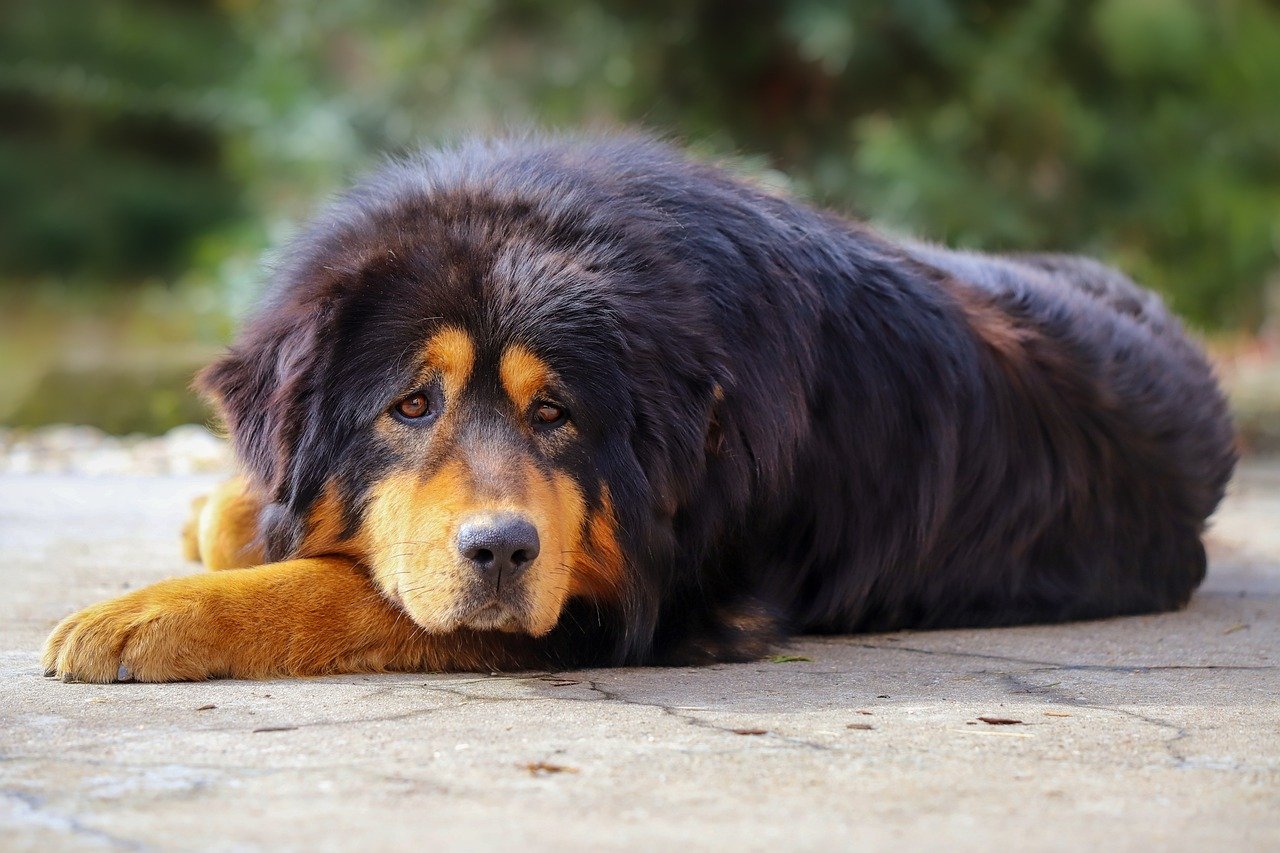
7. Chinook
The Chinook is a rare breed of sled dog developed in the early 20th century in New Hampshire by Arthur Walden. Named after the lead dog of Walden’s sled team, the breed was designed to combine strength, endurance, and a gentle disposition, becoming renowned for its abilities in polar expeditions. The Chinook’s history is closely tied to the American narrative of exploration and adventure, symbolizing the spirit of innovation and the bond between dogs and humans in overcoming the challenges of the natural world.
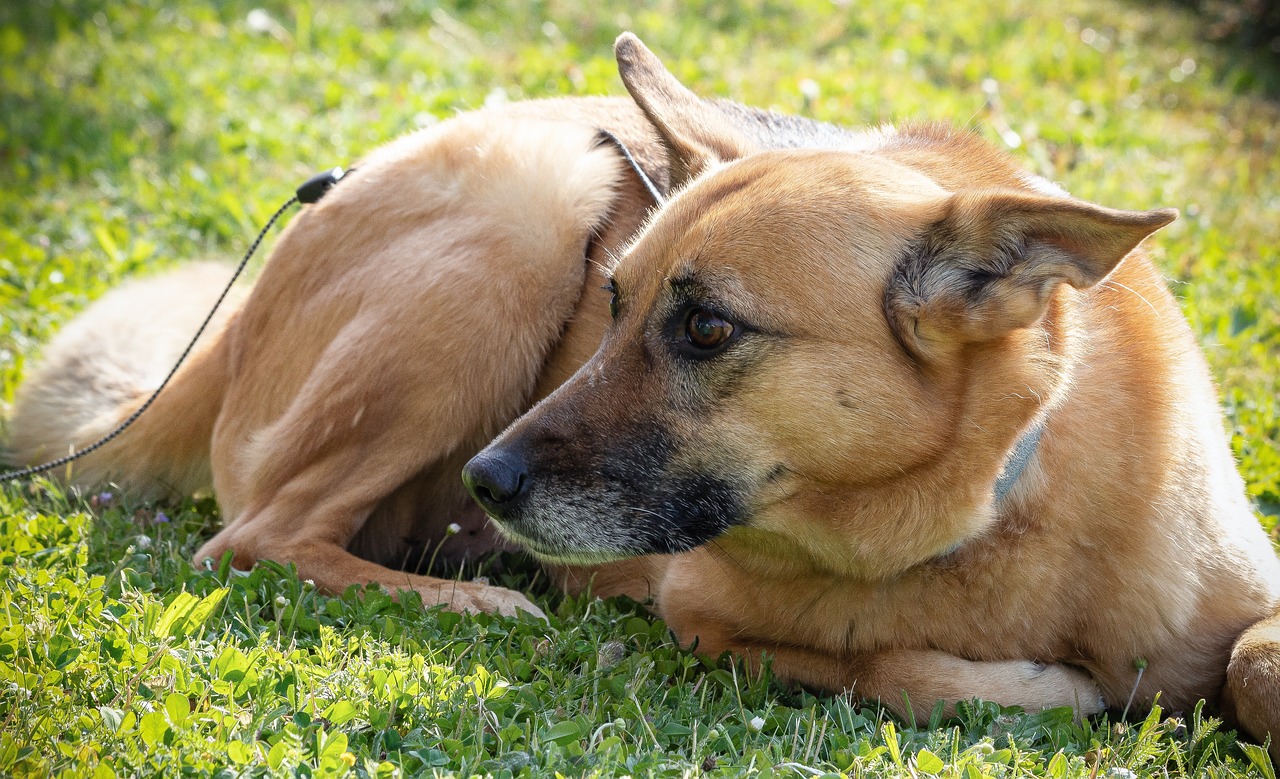
8. Finnish Spitz
The Finnish Spitz, Finland’s national dog, has its roots deep in Finnish hunting traditions, specifically bred for hunting small game and birds. Known as the “barking bird dog,” its distinctive yodel-like bark and enthusiastic hunting style made it an indispensable companion for Finnish hunters. The breed’s keen senses and lively temperament were honed in the dense forests of Finland, reflecting the breed’s integral role in the rural life and culture of its homeland. The Finnish Spitz’s history as a hunter and loyal companion continues to endear it to those who appreciate this breed’s rich heritage.

The dog breeds highlighted in this article are a testament to the rich tapestry of human history and culture, each breed bearing unique tales of companionship, survival, and service across time and geographies. For potential dog owners intrigued by history and culture, these breeds offer not only companionship but also a living link to the past, each with stories as compelling as their distinctive appearances and characteristics.
 Toledo, United States.
Toledo, United States.